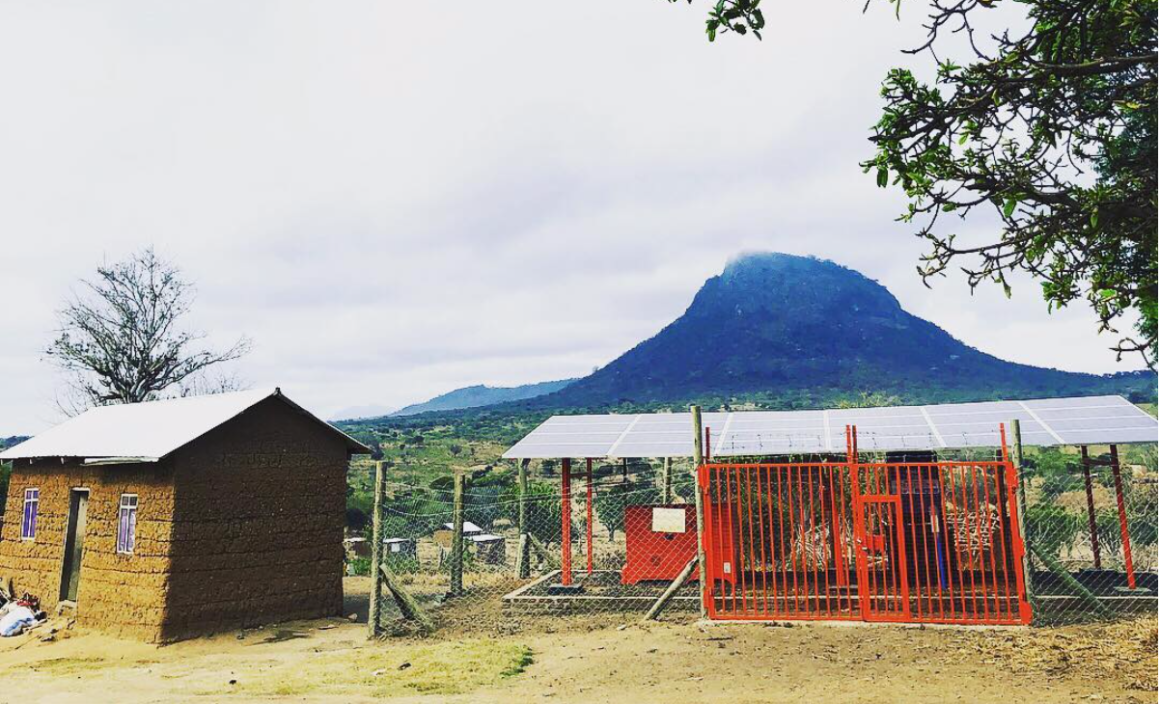CrossBoundary Energy Access (CBEA) is Africa’s first project financing facility for mini-grids. CrossBoundary Energy Access will initially invest $16 million into mini-grids serving 170,000 people, providing first-time power to homes and businesses. Ruchi Soni from the Mini-Grids Partnership spoke with Gabriel Davies, Head of Energy Access, and Matthew Tilleard, Managing Partner and Co-Founder, about CrossBoundary Energy Access’s financing approaches and predictions for the future mini-grids market.
- In terms of defining priorities, what has made Mini-Grids a top priority for CrossBoundary Energy Access?
- Over 600 million people in Sub-Saharan Africa still lack access to electricity. There are three main ways to providing electricity access: 1) extension of the existing electricity grid; 2) mini-grids; and 3) standalone solar home systems. All three have a role to play. We carried out geospatial analysis last year showing that mini-grids are the least cost solution for providing power to at least 100 million people of those living off-grid in Africa today. And we believe that number will grow as mini-grids incorporate improvements in three technological trends – the decreasing cost of solar PV and batteries, increased capabilities for remote monitoring, and the spread of mobile money – into a single business model. Mini-grids are also well suited to serving higher-levels of consumption, as they can provide grid-quality power capable of supporting productive appliances such as freezers, grain mills, and irrigation pumps.
- We also believe that using private sector development and investment could accelerate the buildout of those grids. So our belief is that private sector mini-grids are critical to achieving universal electrification in Africa at the least cost. We saw an opportunity to help make that happen bymobilizingg the financing the sector needs to scale.
- What do you think this approach offers that is currently not available?
- So far, private sector mini-grids have not attracted the funding they need. Like all energy infrastructure projects, mini-grids require a significant upfront investment while delivering predictable returns over a 10–15 year period. To scale, the capital provided must be long-term, affordable and accept lower yield returns. Operating in an emerging asset class with smaller balance sheets, mini-grid companies have so far struggled to raise that kind of financing.
- CrossBoundary Energy Access bridges the gap to commercial scale by taking a blended finance and project finance approach. Blended finance allows private capital to invest today by blending it with impact-focused capital from institutions such as The Rockefeller Foundation. The project finance approach allows private investors to invest in the assets themselves. So CrossBoundary Energy Access doesn’t invest in individual developers. Instead, we acquire portfolios of mini-grid assets using low-cost, long-term project finance. We believe this provides the sector with a repeatable model for accessing the project finance market, similar to how most of the world’s 1,000 gigawatts of wind and solar projects have been financed.
- How do you identify partners? Can you explain some challenges you’ve faced in establishing partnerships particularly in the mini-grids space, and how you overcame those barriers?
- The greatest challenge in the mini-grid sector today is getting grids in the ground. We look for developer partners who’ve proven they’ve done that at least once in Africa. We also look for developers who have designed their business model with a path to developing and operating grids at scale, and signing-up and serving customers at scale.
- One of the challenges in project finance is that every risk and every cost over a project’s life must be allocated to someone. There can’t be any ambiguity. However, the track record of existing mini-grids is typically far shorter than the investment period – generally less than <2 years vs 10+ years. We’ve had to work hard with our first developer and financing partners to look into the future and make sure our project contracts and financing documentation capture those future costs and risks, and are flexible enough to account for those risks and costs we cannot foresee. We’re fortunate to be working on our first deals with some of the most experienced and capable partners on both the developer and financing fronts, and we believe we’ve developed template project financing documentation that we can replicate on other deals across the continent.
- What is CrossBoundary Energy Access’s prediction for the future of mini-grids’ market and what more can be done to help for mini-grids to become a reliable solution for providing electricity access to communities?
- On the developer side, we believe this year we will see one or more developers cross the threshold of constructing or operating mini-grids serving over 100,000 people (approximately 20,000 connections). Several more will follow in 2020 across markets such as Tanzania, Benin, Sierra Leone, Zambia, and Nigeria.
- We know many investors have a mandate to invest in mini-grids in Africa. However, they’re waiting for initial proof points and a certain scale before they invest. We believe that those proof points and scale will come this year in markets with supportive regulations and portfolios of 10,000 – 20,000 connections requiring $10 – 20 million of investment.
- However, for mini-grids to really scale and deliver power to 100 million+ people, the two most important pieces of the puzzle are 1) supportive regulation and 2) consistent, reliable, and rapidly deployable Results-Based Financing (RBF) programs. We’re seeing good progress on (1) in markets such as Tanzania, Benin, Sierra Leone, Zambia, and Nigeria. However, currently, the economics of investing in the vast majority of rural mini-grids are not viable without subsidization through Results-Based Financing. We wrote an article on why believe rural electrification in general historically has required subsidies and will continue to do so. We’re excited about mini-grids’ potential to reduce the need for those subsidies as the business model and technology continues to improve with scale, just as they did for wind and solar. But right now, as always, rural electrification requires subsidy.

